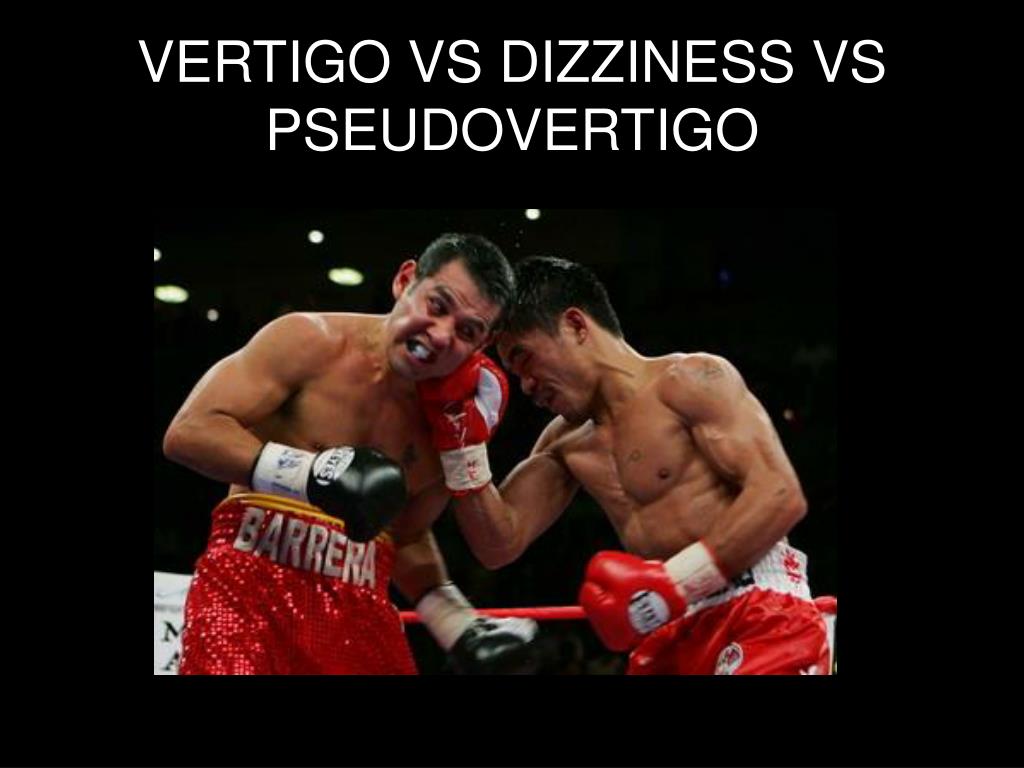
21 A recent study by Kerber et al 27 adds further confirmation against the type approach using data from a large national survey. 26 This approach, however, has been largely debunked. The traditional approach to evaluating these patients places heavy emphasis on defining the type of dizziness 25-vertigo (vestibular) versus presyncope (cardiovascular) versus disequilibrium (neurological) versus nonspecific (psychiatric/metabolic).

This means that accurate bedside diagnosis is at a premium. Neuroimaging seems like a natural solution, but, as noted above, CT is ineffective and MRI is imperfect and too costly to apply to all ED dizziness. Because ≥95% of ED patients with dizziness do not have stroke, detecting these cerebrovascular cases presents an enormous challenge. 24 Vestibular strokes are often missed because clinical findings mimic benign ear disorders. When evaluating dizziness, physicians seek to differentiate inner ear conditions from stroke or other central causes. 3 Thus, accurate and efficient diagnosis for these patients will likely save lives and reduce costs through prompt and appropriate treatments. 21 The costs of unnecessary imaging and hospital admissions for these patients waste an estimated $1 billion each year. 22, 23 In addition to problems with stroke, many acutely dizzy patients with peripheral vestibular causes for their symptoms are overtested, misdiagnosed, and undertreated. These numbers indicate that our current diagnostic practices in the ED are largely ineffective 21 and there is substantial room for improvement.

7 One estimate suggests that with strokes presenting dizziness and vertigo, 15 000 to 25 000 3 suffer serious and potentially preventable harms from the initial misdiagnosis. 20 Although these may be overestimates, it is clear that delayed stroke diagnosis increases morbidity and mortality substantially. 18 Small studies have suggested a high risk of permanent morbidity (33%, n=5/15) and mortality (40%, n=6/15) among those whose cerebellar strokes were initially missed, 19 much higher than what is reported in large cohorts with cerebellar infarction (5%, n=15/282). Harms related to missed stroke accrue from missed opportunities for acute thrombolysis, 8 early secondary prevention, 16, 17 and surgical treatment of stroke complications from malignant edema. 7 Of the ≈130 000 to 220 000 patients with stroke presenting with vertigo or dizziness to the ED, it is estimated that perhaps 45 000 to 75 000 are initially missed, 3 with misdiagnosis disproportionately affecting the young (age$1 billion annually, making it unrealistic. 6 Nearly 10% of strokes are misdiagnosed at first medical contact. Improving diagnosis is recognized by the National Academy of Medicine as a public health priority.



 0 kommentar(er)
0 kommentar(er)
